Branding, at its core, is about creating a distinct identity that sets your business apart in the crowded marketplace. It goes beyond just a memorable logo—it reflects your business’s mission, values, and what you promise to deliver to your customers.
In this post, we’ll delve into common branding issues, discuss real-world examples of branding gaps, and provide practical strategies for effectively tackling these challenges. By understanding the importance of cohesive and resonant branding, you can create a seamless user journey that not only attracts customers but keeps them coming back for more. So, get ready for an enlightening exploration of eCommerce branding—the key to unlocking your online business’s true potential!
What is branding?
Branding is the process of creating a unique identity for a product, service, or business that differentiates it from others in the market. It goes beyond just aesthetics. Branding encapsulates the company’s mission, values, and the overall experience it promises to deliver to its customers. Effective branding not only attracts potential customers but also fosters customer loyalty, instilling a sense of trust and quality associated with the brand.
Why is branding important for eCommerce?
Branding is vital for eCommerce businesses for several reasons:
1. Differentiation
The eCommerce marketplace is saturated with countless businesses selling similar products or services. Branding helps your business stand out, showcasing what’s unique about your offerings and why customers should choose you over competitors.
2. Trust and credibility
A well-established brand conveys professionalism and reliability, fostering trust among consumers. This is particularly crucial in eCommerce, where purchases are made without physical interaction with the product or seller.
3. Customer loyalty
Consistent and resonant branding contributes to customer loyalty. When customers identify with your brand and its values, they’re more likely to return for repeat purchases and recommend your business to others.
4. Enhanced customer experience
Effective branding provides a seamless, enjoyable customer journey. From the visual aesthetics of your site to the tone of your customer service, every element of your brand contributes to a comprehensive user experience.
5. Increased business value
Strong branding can significantly increase a company’s value by generating more customers, higher sales, and the potential for expansion. It’s an asset that contributes to the overall worth of your business.
6. Marketing efficiency
A clear brand identity makes marketing efforts more straightforward and effective. It provides a roadmap for creating content and campaigns that consistently resonate with your target audience.
Also read:
20+ Great Customer Loyalty Program Examples by Industry
Luxury eCommerce Redesign: Key Principles and UX Considerations for 2023
Common eCommerce branding issues
1. Lack of brand differentiation
Many eCommerce businesses struggle to differentiate themselves from their competitors. They fail to establish a unique brand identity that sets them apart in the market, resulting in a generic and forgettable presence.
2. Inconsistent branding
Inconsistency in branding can confuse customers and dilute brand recognition. This issue arises when there is a lack of cohesive messaging, visual elements, or tone of voice across various marketing channels, leading to a disjointed brand experience.
3. Weak value proposition
A weak or unclear value proposition can hinder a brand’s success in the eCommerce space. If customers cannot understand why they should choose a particular brand over others, they are less likely to make a purchase.
4. Poor user experience
User experience plays a crucial role in eCommerce branding. A website or mobile app with a clunky interface, slow loading times, or difficult navigation can frustrate users and negatively impact their perception of the brand.
5. Ineffective social media strategy
Social media has become a powerful tool for eCommerce branding, but many businesses struggle to develop an effective strategy. This can result in a lack of engagement, low follower counts, or irrelevant content that fails to connect with the target audience.
Examples of gaps in eCommerce branding
Iya’s journey

- Iya needs a yoga top so she starts a Google search for yoga tank top and sees an ad from an activewear company
- She clicks on the ad and lands on a products list page (PLP) and she feels frustrated—it’s not clear what the brand is about
- “Hmm, where can I check to see if this brand is sustainable?”
- “Do they use organic materials?”
- She checks the product pages and feel disappointed because the brand doesn’t seem sustainable
- Iya leaves the website because she isn’t convinced the brand is worth the attention
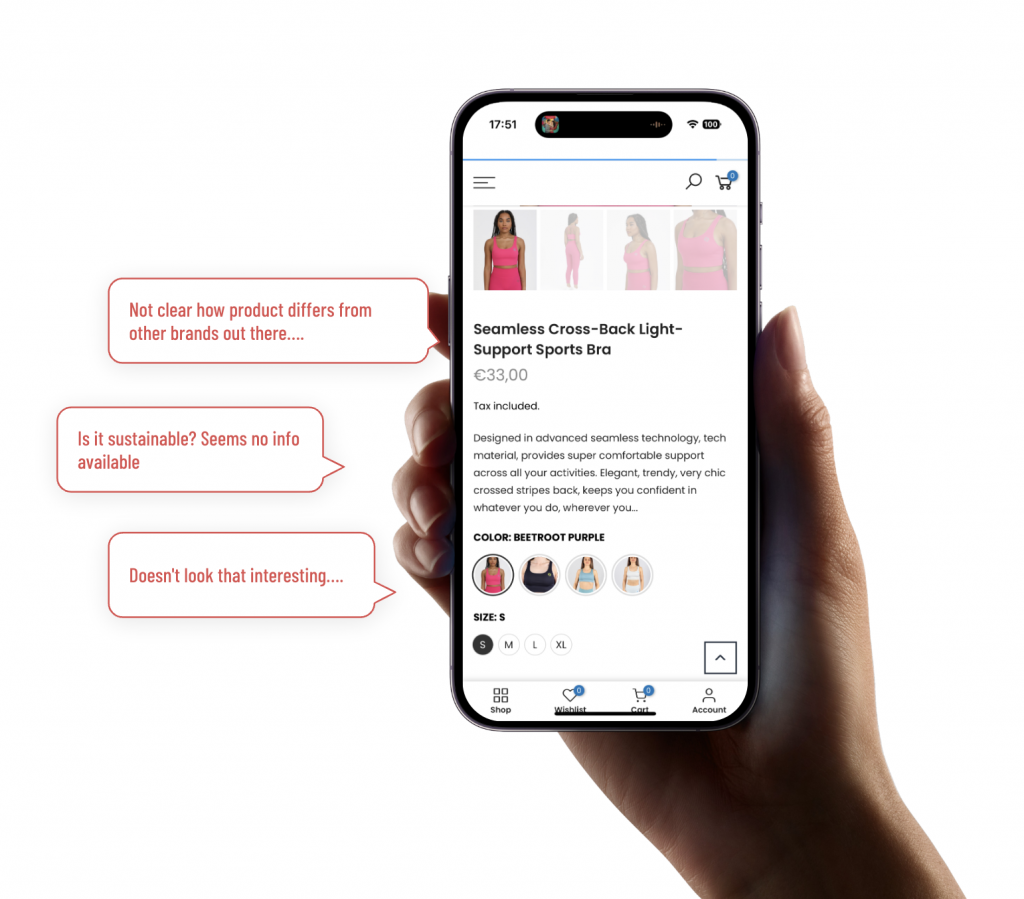
Beatrix’s journey

- Beatrix stumbles upon a social media post by an activewear company
- She likes the long sleeve shirt featured on the post so she decides to check it on the site
- She visits the company’s homepage and feels confused—the brand no longer has the same aesthetic as the social media post
- “Am I on the right site?”
- She tries to navigate the site to find the shirt she liked but feels frustrated because the menu is not very helpful
- She checks the product page of a long sleeve shirt but is not certain she found the correct one
- She feels hesitant to buy as the inspiration is long gone
- Beatrix leaves the website because she longer feels the brand shares the same values as her
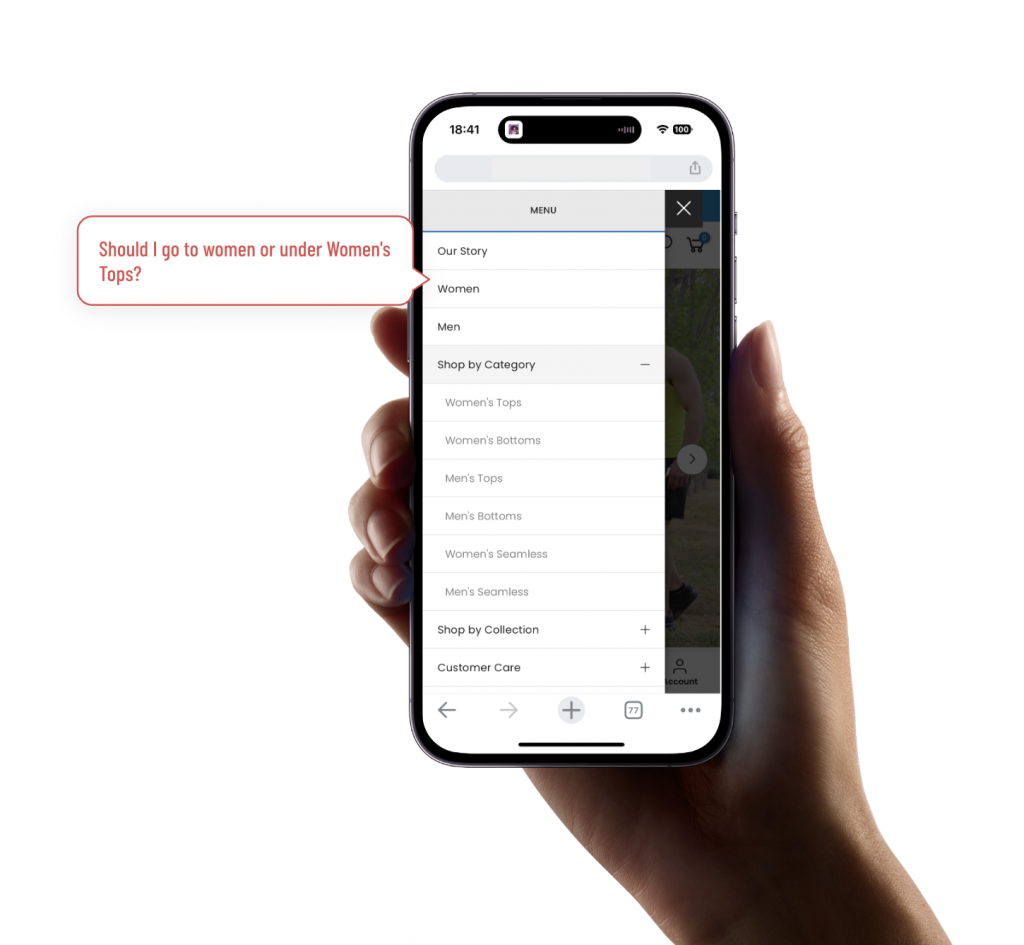
Andrew’s journey

- While browsing online, Andrew comes across an activewear ad and decides to click it because he likes the color of the pants, which is lime green
- He lands on the product page and feels unpleasantly surprised as the pants are light blue there
- He explores the product page and gets suspicious if the brand is legitimate because he doesn’t see any reviews
- Andrew leaves the website as he is concerned the brand might not be trustworthy
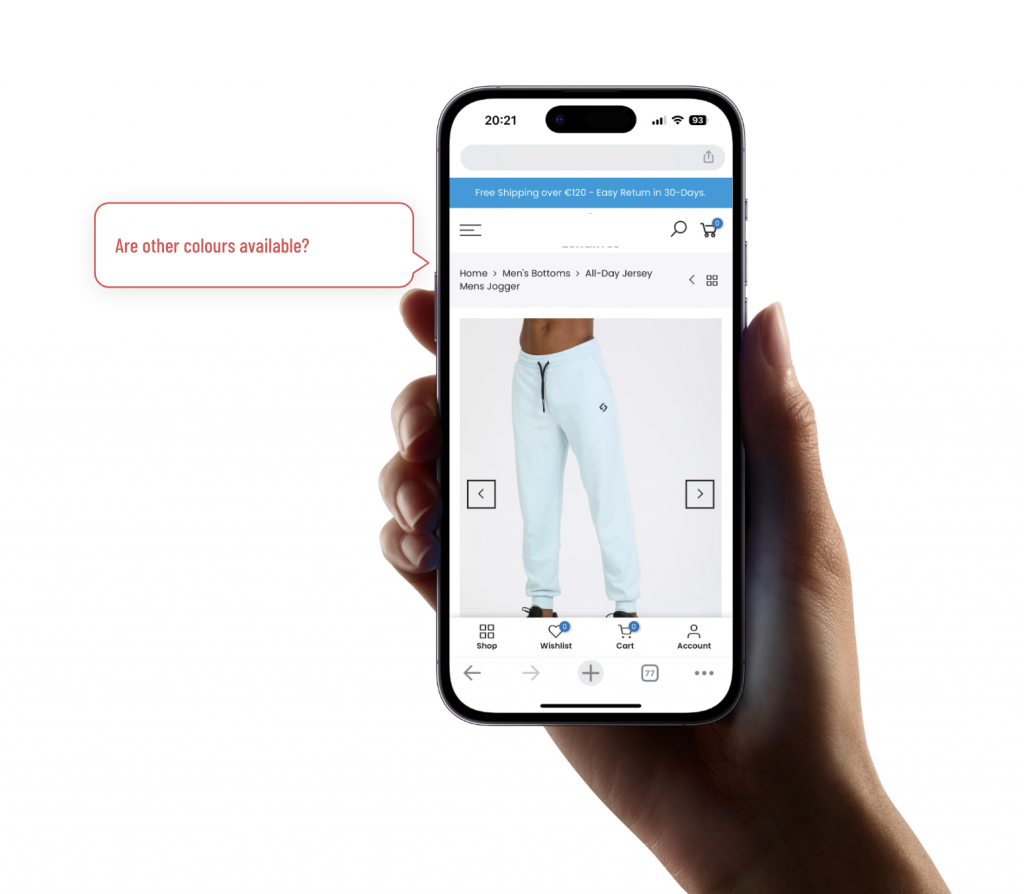
How can you achieve a seamless customer journey?
Creating a seamless customer journey through the effective use of branding elements involves a strategic approach that focuses on consistency, engagement, and continuous optimization. Here’s how to leverage these elements.
Brand identity
Ensure that your logo, color scheme, typography, and other visual elements are consistent across all channels, including your website, social media, email marketing, and packaging. This helps customers easily recognize your brand and creates a sense of familiarity.
Brand voice and tone
Your brand voice should reflect your business’s personality and values, while your tone may vary depending on context. Consistently use this voice and tone across all content and customer interactions to provide a cohesive experience.
Brand storytelling
Craft stories that convey your brand’s mission, values, and customer benefits. Integrate these stories into various aspects of the customer journey, such as product descriptions, about us page, blog posts, and social media updates. These narratives can create emotional connections and enhance customer engagement.
Brand messaging
Your brand’s unique value proposition should be clear and consistently communicated throughout the customer journey. Every product description, email, and social media post should reinforce what makes your brand unique and beneficial to customers.
Visual content
Incorporate appealing visuals that align with your brand identity in your content. This includes images, infographics, and videos. Consistent visual elements enhance the overall aesthetic of your brand and make content more engaging and memorable.
User-generated content (UGC)
Encourage customers to create and share content related to your brand. This could be through reviews, social media posts, or contests. UGC not only provides authentic and relatable content but also fosters a sense of community around your brand.
Content analytics and optimization
Regularly analyze your content’s performance to understand what resonates with your audience and what doesn’t. Use these insights to refine your content strategy, improve customer engagement, and ultimately enhance the customer journey.
By strategically leveraging these branding elements, you can create a seamless and memorable customer journey that not only attracts customers but also encourages their loyalty and advocacy.
Winning customers by matching their expectations
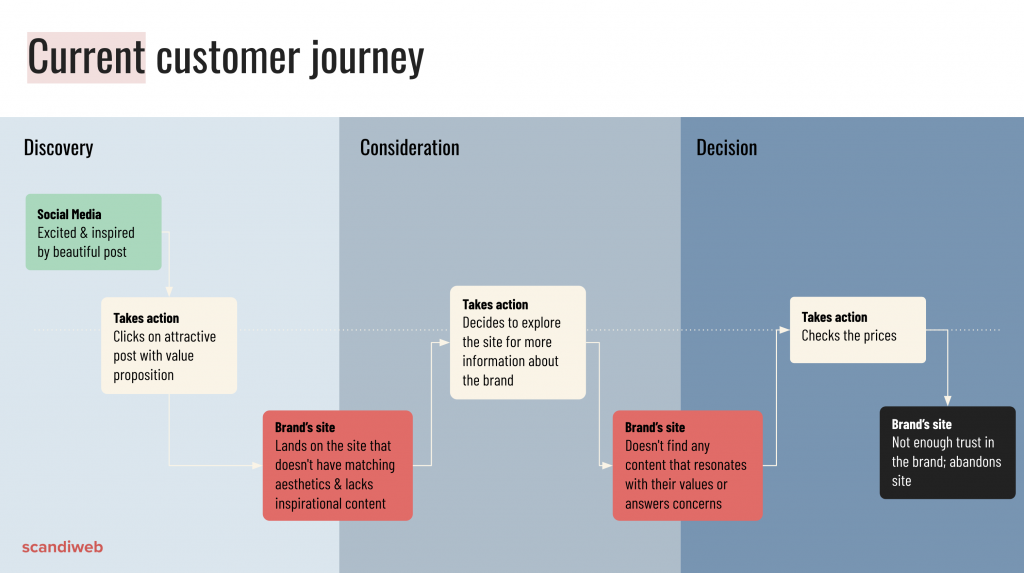
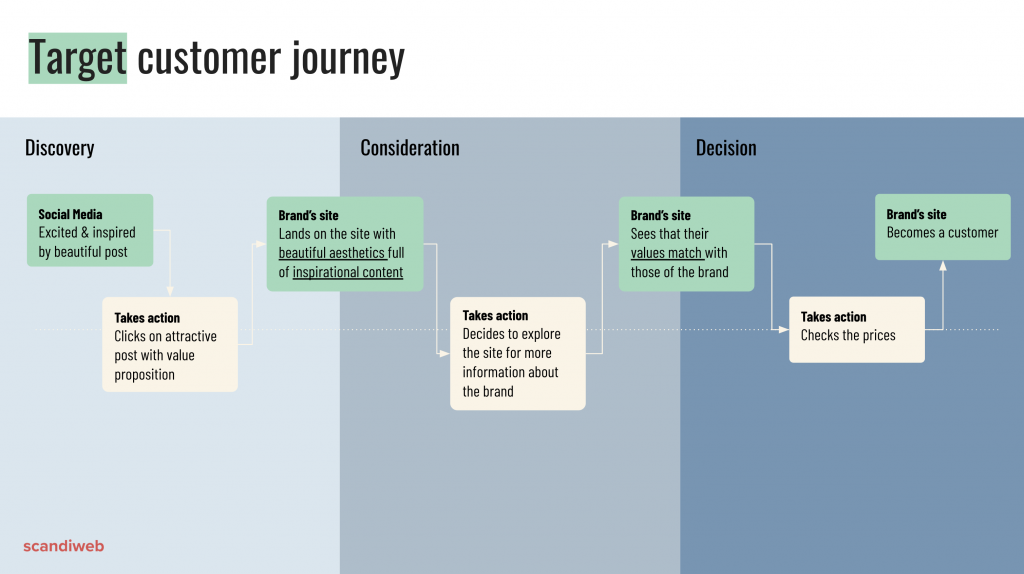
You can win consumers over once you start matching their expectations. In the scenarios we presented here, for example, a site full of on-brand aesthetics and inspiration content that matches consumer values would be a good start.
Are you a brand that takes an innovative approach to deliver unique products? Do you care about sustainability? Do you support causes that align with your brand values? Do you embrace diversity? If yes, communicate that clearly to your target audience. You want your brand to resonate with your customers’ values. Brands that evoke emotional connections effectively engage with consumers at a deeper level. The stronger the emotional bond your customers have with your brand, the more likely they are to make a purchase.
In the ever-evolving world of eCommerce, remember that successful branding is a journey, not a destination. It involves continuous learning, iterating, and optimizing to keep up with changing customer needs and market trends. So keep listening to your customers, stay true to your brand values, and strive for consistent, meaningful interactions at every touchpoint of the customer journey. With the right branding strategy in place, you’re well on your way to creating an eCommerce brand that not only stands out but also stands the test of time.
We hope you’ve found these insights valuable and that they inspire you to take your own branding efforts to new heights. If you need help revisiting your brand identity or creating a brand from scratch, scandiweb can help. Reach out to [email protected] or send us a message here for a free consultation.
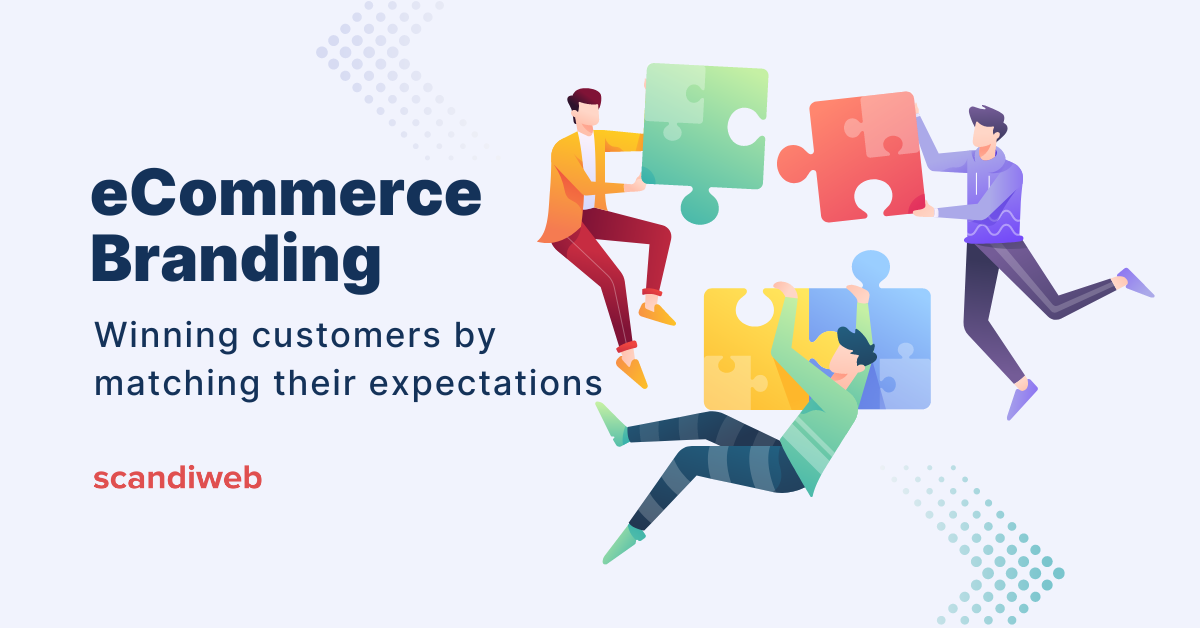
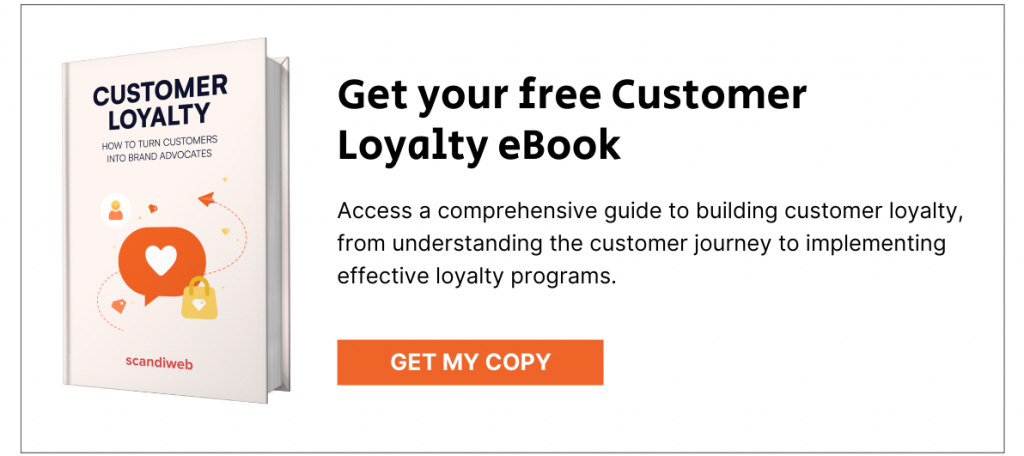

Share on: